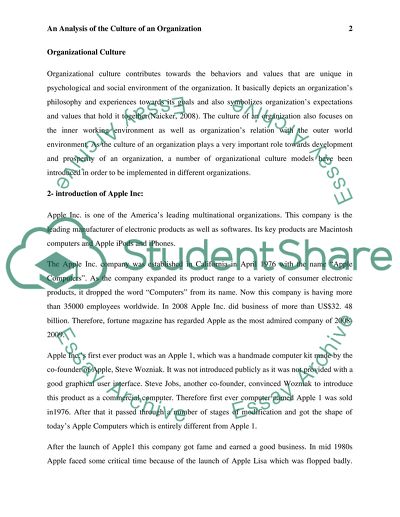Cite this document
(“An analysis of the culture of an organization Essay - 1”, n.d.)
An analysis of the culture of an organization Essay - 1. Retrieved from https://studentshare.org/human-resources/1476491-an-analysis-of-the-culture-of-an-organization
An analysis of the culture of an organization Essay - 1. Retrieved from https://studentshare.org/human-resources/1476491-an-analysis-of-the-culture-of-an-organization
(An Analysis of the Culture of an Organization Essay - 1)
An Analysis of the Culture of an Organization Essay - 1. https://studentshare.org/human-resources/1476491-an-analysis-of-the-culture-of-an-organization.
An Analysis of the Culture of an Organization Essay - 1. https://studentshare.org/human-resources/1476491-an-analysis-of-the-culture-of-an-organization.
“An Analysis of the Culture of an Organization Essay - 1”, n.d. https://studentshare.org/human-resources/1476491-an-analysis-of-the-culture-of-an-organization.


